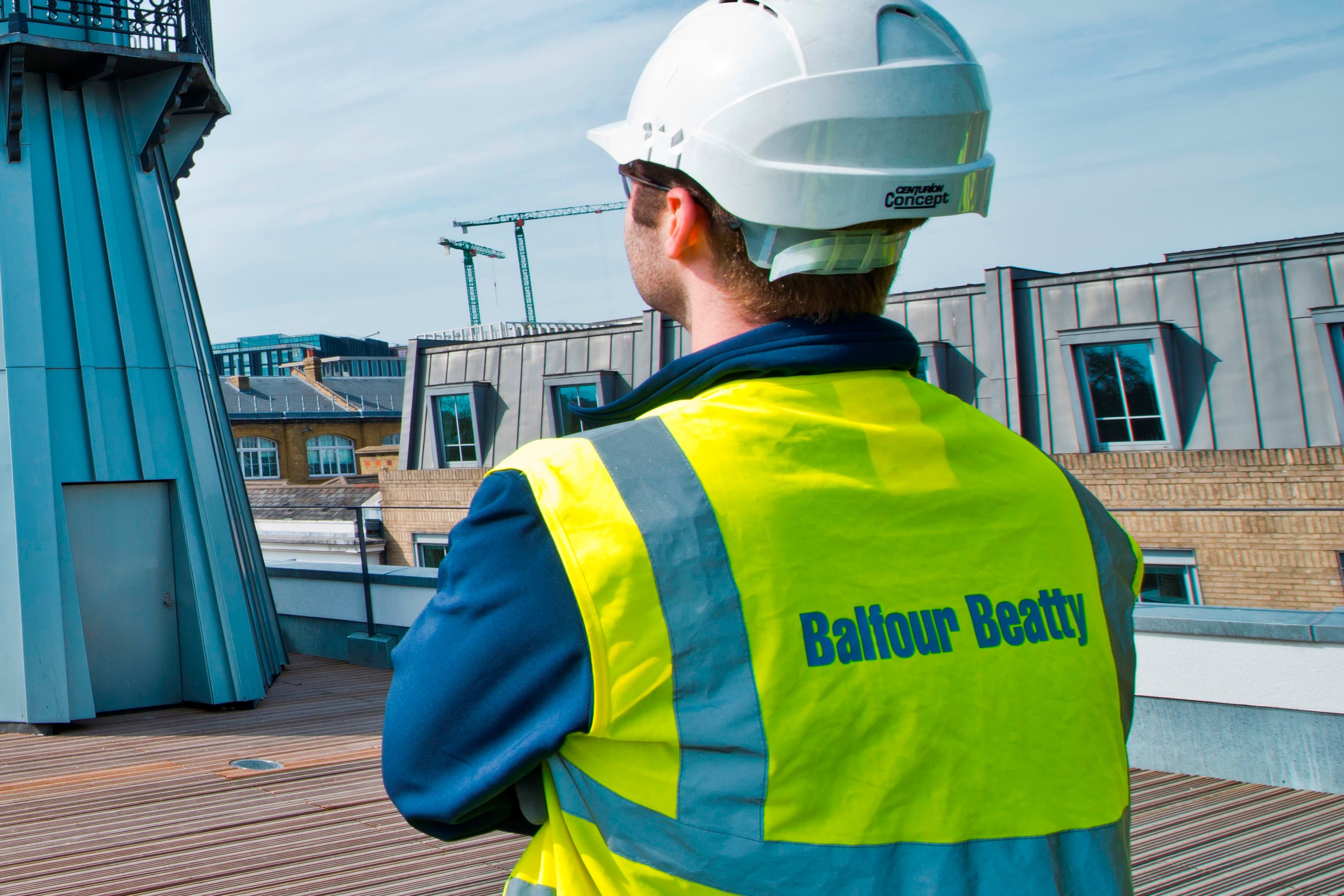Key takeaways from Deconstructing Digital LIVE at Digital Construction Week 2025.
In this special episode of Deconstructing Digital, recorded live on stage at Digital Construction Week 2025, host Amelia Fletcher-Blackburn was joined by industry leaders Jon Ozanne (Balfour Beatty), Nick Elms (VolkerWessels UK), and Vicki Reynolds (ONE Creative Environments) to tackle a problem costing the construction sector billions: rework.
They unpacked what’s driving it, why it persists, and how we can move from reactive fixed to proactive solutions that get things right first time.
In this blog, we share the key themes and takeaways from the conversation.
The real cost of rework
Rework costs UK construction an estimated £2 billion per year and – as Nick pointed out – each instance can cost almost three times the original work. But the financial impact is only part of the story.
Rework also:
- undermines trust between contractors, clients and teams.
- frustrates workers and delays schedules.
- increases risk – up to 39% of site accidents occur during rework.
As Vicki noted, it also impacts legacy information. If changes aren’t properly captured, teams risk operating from the wrong data – creating long-term safety and performance issues.
Why does it keep happening?
Everyone agreed this isn’t just a technical challenge – it’s systemic.
Vicki described how construction’s fragmented nature means that coordination is hard-won. Communication breakdowns are inevitable thanks to siloed teams and data.
Jon highlighted three core causes:
- Poor communication between stages and teams
- Lack of reliable data at the point of work
- Gaps in competence or briefings, especially on fast-moving projects
They also pointed out a critical pitfall: without a shared language or way of specifying information, misunderstandings become more likely.
What’s helping to solve it?
When asked what’s working on their own projects, all three panellists shared examples of technology that’s having a clear impact:
- Digital site capture tools are giving real-time visibility on progress
- Smart asset configuration and sensor data are enabling data-driven decisions
- Connected systems are allowing insights to flow from site to office and back again
Vicki added that clients are increasingly seeing the value in setting up good data practices early, even if the upfront investment is higher, the long-term savings are huge.
Don’t let tech lead the strategy
Vicki shared a common pitfall: vendors often push a ‘solution-first’ approach, where clients are told they need a digital twin or AI without first identifying the real problems they are trying to solve.
Instead, the panel agreed it’s best to define the problems first, then choose technology that fits. “We should be solving problems,” said Vicki, “Not trying to fit them into specific tools.”
Nick echoed this with a practical example: tools that help operatives check their work against drawings in real-time can prevent issues before inspection – a huge win for both time and quality.
Culture still makes the difference
Technology is vital but culture is what makes it stick. When asked how best to engage the workforce when it comes to adopting new technology, all three panellists agreed the importance of helping people to understand the reasoning behind the change.
“If they don’t know why they’re using it or why it will make their lives easier, then people won’t adopt it,”- Vicki Reynolds
Jon and Nick both emphasised the importance of making it personal to each person by explaining the improvements for them across not only personal safety and completing on schedule, but also better performance and progression within their roles.
The panel also shared examples of aligning digital adoption to performance review, bonuses and role expectations, making tech success a part of what good work looks like.
So how do we move forward?
The session closed with powerful reminders from each member of the panel.
Jon emphasised the importance of getting it ‘right first time’: “It isn’t just a slogan, it’s a cultural mindset,” he said.
Stressing the importance of making it personal, Nick said: “Ask your team if they’d be proud to do that in their own homes.”
Meanwhile, Vicki reflected on the most common cause for rework often being lack of knowledge, and the importance of putting in place clear benchmarking and review processes to remove the ability to say this.
Listen to the podcast
To hear the full covernsation with Vicki, Jon and Nick, listen to podcast epsiode 'DCW Live! Breaking the rework cycle - how technology can help get it right first time' here.



